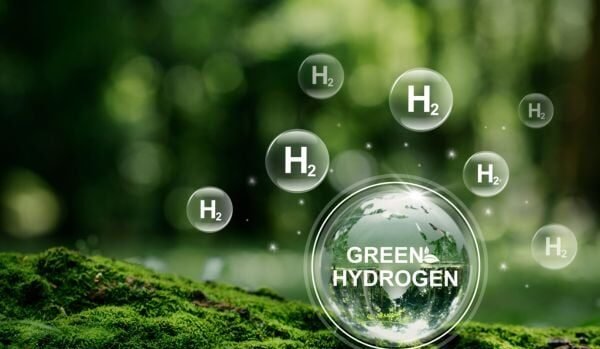New Delhi: India’s green hydrogen industry is witnessing unprecedented investor interest, with 158 projects announced as of August 2025. However, a new briefing note by the Institute for Energy Economics and Financial Analysis (IEEFA) warns that long-term demand certainty remains a critical barrier to project materialisation, with 94% of planned capacity yet to move beyond the announcement stage.
The National Green Hydrogen Mission (NHGM), launched in January 2023 with a budgeted outlay of ₹197 billion (USD 2.2 billion), aims to produce five million metric tonnes per annum (MMTPA) of green hydrogen by 2030. While the announced capacity is nearly 2.4 times this target, only 2.8% (0.3 MMTPA) is operational and a mere 0.1% (9,770 TPA) is under construction, highlighting the slow pace of commissioning.
Energy Specialist Charith Konda, co-author of the IEEFA note, stated, “Although the announced capacity reflects strong investor interest in India’s green hydrogen story, there are concerns about how much of this capacity will materialise, given the challenges surrounding its adoption and uptake.”
Key Barriers To Project Execution
- Unclear Demand Signals: Most projects struggle to reach financial closure due to the absence of committed buyers and long-term offtake agreements.
- High Production Costs: Green hydrogen remains cost-intensive compared to conventional fuels, affecting commercial viability.
- Global Definition Variability: Inconsistent definitions of green hydrogen across countries hinder its development as a tradeable commodity.
- Infrastructure Gaps: India lacks adequate infrastructure for hydrogen storage, transportation, and shared facilities, although its electricity transmission grid is relatively well-developed.
Demand Outlook & Sectoral Potential
India’s total hydrogen demand is projected to reach 15–20 MMTPA by 2030. Of this, green hydrogen could account for 4.08–6.57 MMTPA if supported by robust policy frameworks. Key demand drivers include:
- Replacement of Grey Hydrogen: Oil refining and fertiliser manufacturing could generate up to 5 MMTPA of green hydrogen demand.
- New Applications: Steel, chemicals, transportation, and aviation sectors offer significant potential for green hydrogen adoption.
- Export Markets: India’s strategic position and renewable capacity could enable it to become a global supplier of green hydrogen and its derivatives.
Energy Analyst Kaira Rakheja noted, “The demand for green hydrogen and its derivatives is expected to come from three sources: replacing existing grey hydrogen uses, new applications in hard-to-abate sectors, and exports.”
Policy Recommendations
To unlock the full potential of India’s green hydrogen sector, the IEEFA note recommends:
- Hydrogen Purchase Obligations: Mandating industries to source a portion of their energy from green hydrogen to create sustained demand.
- Demand Aggregation Models: Pooling demand across sectors to improve project bankability and reduce risk.
- Hydrogen Hubs: Co-locating production, storage, and end-use to enable shared infrastructure and lower costs.
- Global Emissions Framework: Adopting a standardised emissions accounting system, such as the International Energy Agency’s proposed ‘hydrogen product passport’, to facilitate international trade.
Strategic Significance
Green hydrogen is a clean, sustainable, and versatile fuel with the potential to decarbonise hard-to-abate sectors and drive industrial transformation. Its success in India hinges on coordinated policy action, infrastructure development, and global collaboration.
“While policy nudges and high-level decarbonisation goals will likely drive the demand for green hydrogen, sustained demand generation in the long term will require global collaboration and concrete steps towards domestic adoption,” Konda emphasised.









